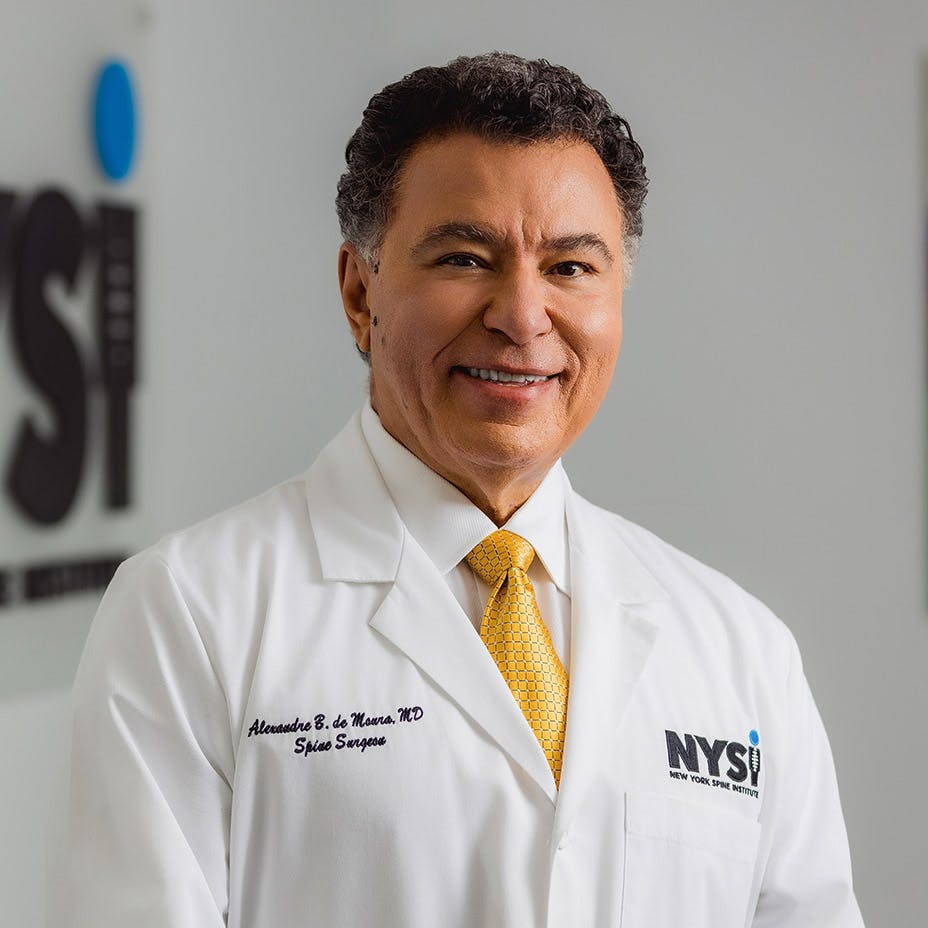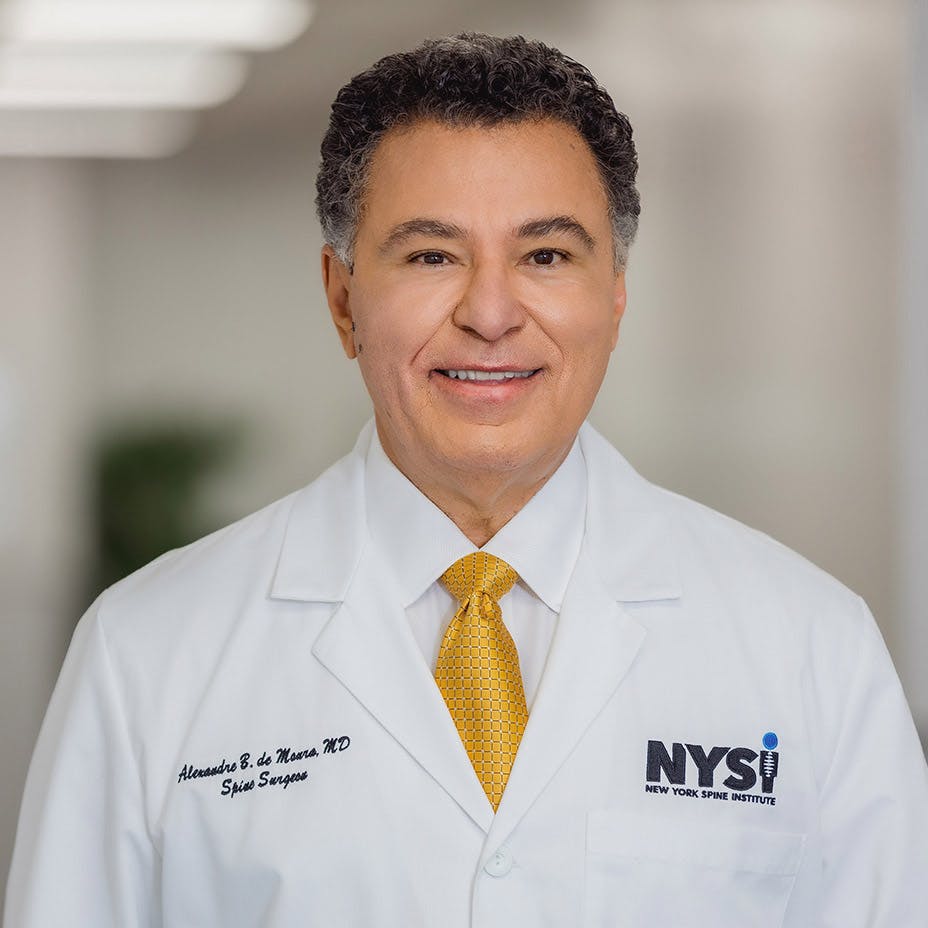Understanding the Causes Of Your Reflex Sympathetic Dystrophy
The cause of RSD is not known. The condition is thought to be a malfunctioning of the sympathetic nervous system, but some researchers are questioning this. Since RSD most often follows trauma to the extremities, some conditions that can trigger RSD are sprains, fractures, surgery, damage to blood vessels or nerves and certain brain injuries.*
RSDS may occur after trauma, surgery, infection, burns, radiation therapy, and/or paralysis on one side of the body (hemiparesis). In some rare cases, RSDS may develop after a heart attack (myocardial infarct). Disorders of the spine, such as cervical osteoarthritis, have also been associated with RSDS.*











